
Emancipation Day
Emancipation
 Day
Day
CELEBRATING FREEDOM
IN CANADA
Natasha L. Henry

Copyright Natasha L. Henry, 2010
All rights reserved. No part of this publication may be reproduced, stored in a retrieval system, or transmitted in any form or by any means, electronic, mechanical, photocopying, recording, or otherwise (except for brief passages for purposes of review) without the prior permission of Dundurn Press. Permission to photocopy should be requested from Access Copyright.
Edited by Jane Gibson
Copy-edited by Jennifer McKnight
Designed by Courtney Horner
Printed and bound in Canada by Marquis
Library and Archives Canada Cataloguing in Publication
Henry, Natasha L.
Emancipation Day : celebrating freedom in
Canada / by Natasha L. Henry.
Includes bibliographical references and index.
ISBN 978-1-55488-717-0
1. Emancipation Day (Canada). 2. Black
Canadians--Social life and customs. I. Title.
FC106.B6H457 2010 394.263 C2009-907479-6
1 2 3 4 5 14 13 12 11 10

We acknowledge the support of The Canada Council for the Arts and the Ontario Arts Council for our publishing program. We also acknowledge the financial support of the Government of Canada through the Canada Book Fund and The Association for the Export of Canadian Books, and the Government of Ontario through the OntarioBook Publishers Tax Credit program, and the Ontario Media Development Corporation.
Care has been taken to trace the ownership of copyright material used in this book. The author and the publisher welcome any information enabling them to rectify any references or credits in subsequent editions.
J. Kirk Howard, President
www.dundurn.com
Published by Natural Heritage Books
A Member of The Dundurn Group
Cover image courtesy of Library and Archives Canada, Q4-54997.
Back cover image shows Elanor Roosevelt posing with the Hour-A-Day Study Club. Courtesy of the North American Black Historical Museum, FS-33. See page 201.
Dundurn Press
3 Church Street, Suite 500
Toronto, Ontario, Canada
M5E 1M2 | Gazelle Book Services Limited
White Cross Mills
High Town, Lancaster, England
LA1 4XS | Dundurn Press
2250 Military Road
Tonawanda, NY
U.S.A. 14150 |
Table of Contents

Locations of Emancipation Day Celebrations in Canada
Chapter 2 From Enslavement to Freedom
Simcoe County: Collingwood and Oro
Chapter 9 British Columbia
Chapter 13 The Legacy of Emancipation Day Celebrations

by Afua Cooper
On August 1, 1851, Black Canadians in Sandwich (now a suburb of Windsor), Canada West, and their allies commemorated Emancipation Day. Festivities included speeches, musical and cultural performances, and a dinner. The initiative was led by Henry and Mary Bibb, a Black abolitionist couple who had become leaders in the Black communities of the province, and who had founded the Voice of the Fugitive, Canadas first Black newspaper. Here is how an article published in the Voice described the event:
The friends of freedom in Sandwich will celebrate the abolition of chattel slavery in the British West Indies, in A.D. 1837 at the Stone Barracks where there will be speaking, singing, etc. Several distinguished speakers from abroad are expected, among whom are Samuel R. Ward, of Boston, Mr. Johnson, of Ohio, J.J. Fisher of Toronto, George Cary, of Dawn Mills. A general Invitation is hereby extended to all persons friendly to the cause.
Dinner will be furnished by the ladies for twenty-five cents per ticket. Refreshments may be had during the day and supper in the evening. The proceeds will be appropriated towards erecting a Baptist church.
It was Mary Bibb, a publisher in her own right, who wrote the article. She also listed her name and the names of several women who were part of the womens Emancipation Day Committee. On that day in 1851, the Bibbs were continuing the tradition of Emancipation Day celebrations and the renewal of the Black community spirit through such commemorations. It is instructive to note that the Bibbs and the rest of the community had a specific objective for the use of the funds garnered from the celebrations, and that was to concretely aid in the development of the Black community through the building of a church. That objective was realized in the founding and erecting of the First Baptist Church, which is still in operation today.
West Indian Emancipation Day, or August First as it was popularly referred to, has been celebrated by African Canadians since 1834 when the British Parliament passed the Act a year earlier to free all the enslaved Africans in the overseas slave colonies. Some slave colonies like Barbados and Antigua received complete emancipation in 1834, while others, like Jamaica and British Guiana, had to wait for a period of apprenticeship between 1834 to 183738 when they were granted full freedom. Nonetheless, the Act and the subsequent freeing of the enslaved people were momentous events because close to one million Africans who were held in bondage in the British overseas colonies, mainly in the West Indies, were freed. The Emancipation Act was a milestone in the annals of Black freedom not only in the Americas but globally as well.
Canada was part of the British Empire, and though it was not a slave society as we understand it, it was a society with slaves. Africans had been enslaved in Canada since 1628 and though the institution declined significantly by the 1820s, there were still enslaved people in the colonies who were freed by the Emancipation Act. On the other hand, in the United States slavery had grown by leaps and bounds by the time of British Emancipation. Therefore, the end of slavery in Canada made this country the only genuine free soil on the continent. The creators of August First celebrations were African Americans who had migrated to Canada during the first part of the nineteenth century in their quest for a free life.
These African Americans, runaway slaves and free persons, first began arriving in Canada after the War of 1812. They came as war refugees from the Chesapeake Region to New Brunswick and Nova Scotia. Later, other immigrants, mainly associated with the Underground Railroad experience, started coming primarily to the provinces of Ontario and Quebec after 1818. Likewise, beginning in 1858 a stream of Black immigrants from California made an exodus to British Columbia. It is these Blacks who collectively began to memorialize August First. The reason for this is threefold. First, these Canadians were grateful to the British Crown for providing them with refuge and the opportunity to build new lives in Canada. Second, these Africans were abolitionists who made it their lifes work to fight for the end of slavery in the United States, and saw the commemoration of British freedom as one way to signal to the slaveholding American Republic their intention. Finally, their commemoration of August First was an exercise in solidarity with Black Caribbean people in their struggle and success to win emancipation for themselves and their communities. The August First event marked the internationalization of the Black freedom struggle and the awareness of Black Canadians that we are our brothers and sisters keeper.
Next page

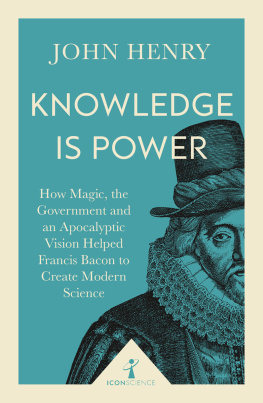






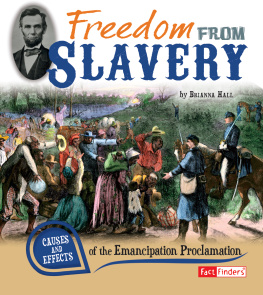
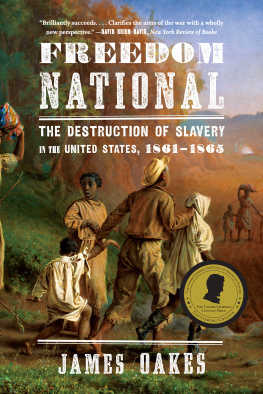
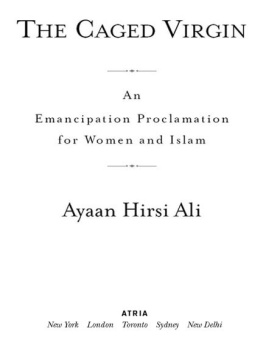

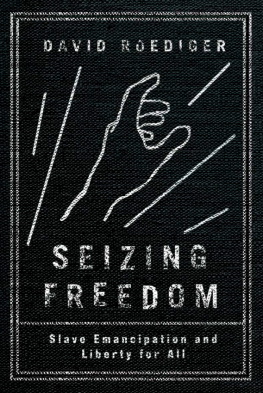
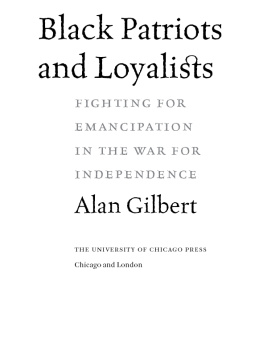

 Day
Day


